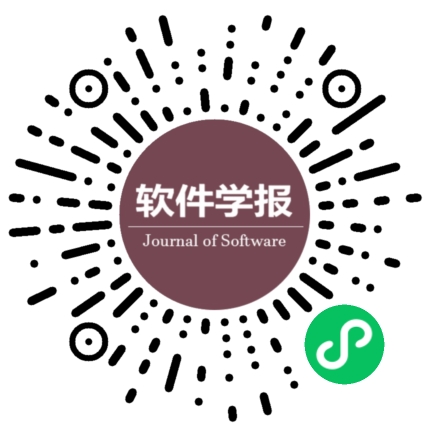Key Class Identification Based on Dynamic Analysis and Gravitational Formula
Author:
Affiliation:
Clc Number:
Fund Project:
Get Citation
潘伟丰,杨燕微,杨子江,姜波,王家乐,杨柏林.基于动态分析和引力公式的关键类识别.软件学报,,35():1-22
CopyShare

Article Metrics
- Abstract:
- PDF:
- HTML:
- Cited by:
History
- Received:December 14,2024
- Revised:February 17,2025
- Adopted:
- Online: September 17,2025
- Published:
You are the firstVisitors
Copyright: Institute of Software, Chinese Academy of Sciences Beijing ICP No. 05046678-4
Address:4# South Fourth Street, Zhong Guan Cun, Beijing 100190,Postal Code:100190
Phone:010-62562563 Fax:010-62562533 Email:jos@iscas.ac.cn
Technical Support:Beijing Qinyun Technology Development Co., Ltd.
Copyright: Institute of Software, Chinese Academy of Sciences Beijing ICP No. 05046678-4
Address:4# South Fourth Street, Zhong Guan Cun, Beijing 100190,Postal Code:100190
Phone:010-62562563 Fax:010-62562533 Email:jos@iscas.ac.cn
Technical Support:Beijing Qinyun Technology Development Co., Ltd.



